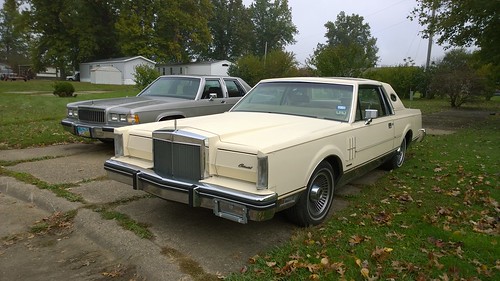Is there a particular engineering advantage to the narrower rear track width seen on boxes up to '89?
If the axle housing was newly designed for the Panther right from the get-go and wasn't recycled from another application, I don't see why it was designed to give such a narrow track width. Does it in some way provide smoother ride? Increased weight capacity by moving the end of the axle shaft closer to the spring? Were early years more likely to be equipped with giant balloon tires that might impact the rear wheel well lips?
Just wondering. Seems like an odd design choice when the car was almost 100% brand new everything when it came out. Widening the track has cosmetic and stability benefits as we know.
If the axle housing was newly designed for the Panther right from the get-go and wasn't recycled from another application, I don't see why it was designed to give such a narrow track width. Does it in some way provide smoother ride? Increased weight capacity by moving the end of the axle shaft closer to the spring? Were early years more likely to be equipped with giant balloon tires that might impact the rear wheel well lips?
Just wondering. Seems like an odd design choice when the car was almost 100% brand new everything when it came out. Widening the track has cosmetic and stability benefits as we know.









Comment